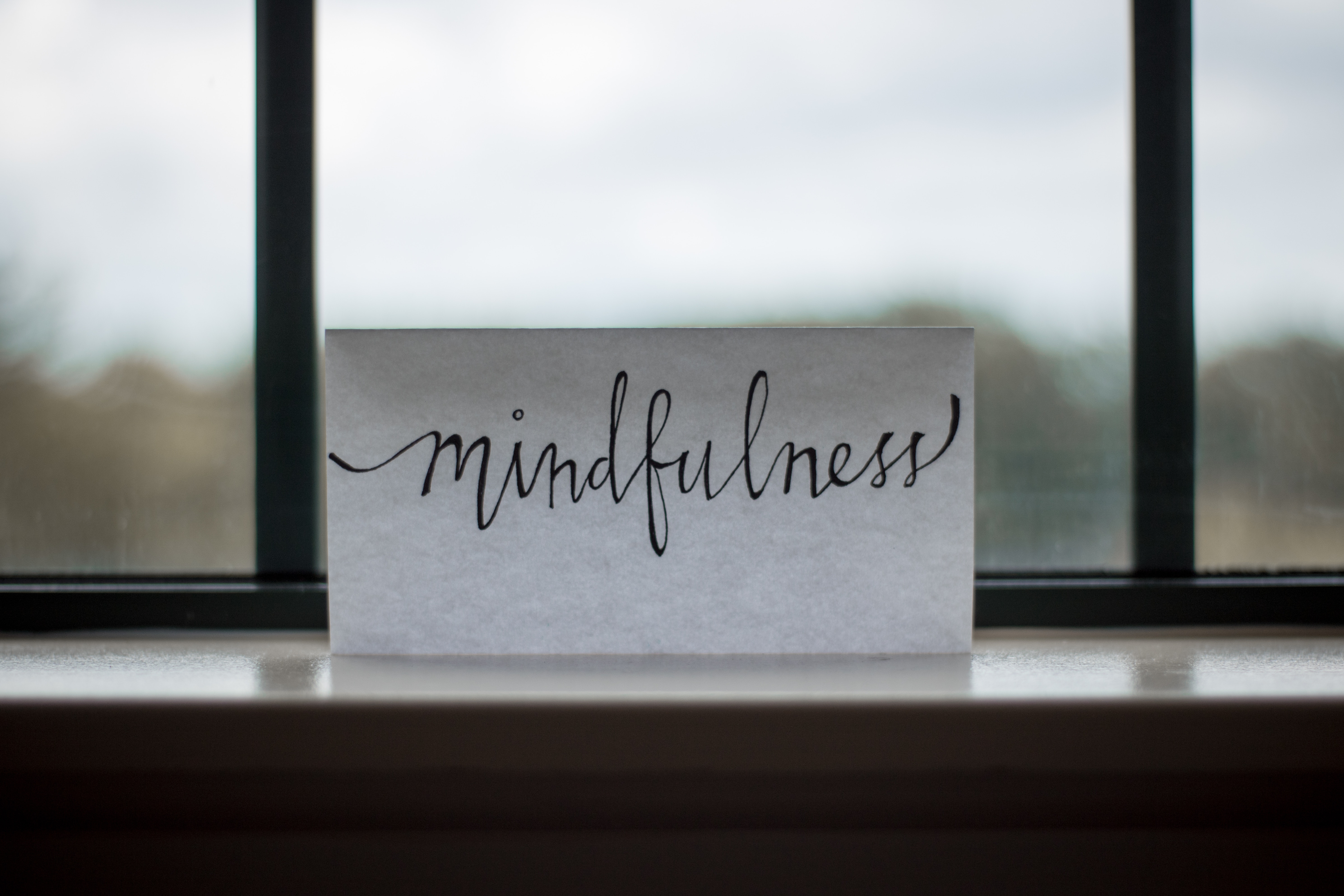A great day today starts … yesterday. How you spend your evenings has everything to do with how you feel when you wake up in the morning. That’s why over the last couple of months, the Self-Care Series has focused on the habits of eating dinner early and light and going to bed early. Together, these two habits set you up to sleep well so you can wake up in the morning feeling energized and start the day right.
Before we get into the details of morning routine, let’s review these key evening habits:
- Earlier Lighter Dinner: Eat a light, simple-to-digest meal by 6pm, so your body will digest your food completely before you go to bed.
- Early to Bed: After dinner, take a walk or do some active chores. Turn off screens at least an hour before bedtime. Aim to close your eyes by 10 p.m.
Once established, these habits will make it much easier for you to sleep well, wake up early and enjoy a nourishing and energizing morning routine.
Morning Routine Basics
Being intentional about how you start your day is, as they say, “a thing.” You can emulate the habits of Richard Branson, Benjamin Franklin, or any number of other famous people (including Oprah Winfrey) who all have reported a strong commitment to starting the day right.
Many of the popular morning practices you may read about or try are rooted in ancient wisdom. My field of interest is Ayurveda – India’s ancient system for health and healing. Ayurveda teaches us to live in rhythm with nature. Starting your day aligned with nature might include:
- Greeting the day and setting an intention
- Drinking warm water to stimulate your internal systems
- Invigorating your body with movement.
Author and teacher Ananta Ripa Ajmera explains in her book, The Ayurveda Way, “Starting your day in an inspiring and invigorating way profoundly impacts your overall health. Ayurveda recognizes the power and potential of morning practices to teach you to truly take your health and life into your own hands.”
Let’s look at how you can proactively create a great day – and a healthy life – with these three simple habits.
Greet the Day
The early morning hours are considered by many traditions to be an especially sacred time. Regardless of your religious or spiritual beliefs, the morning time is special. It is quiet. The energy of this time of day is clear, pure, and peaceful. This is a great time to:
- Set your intention for the day, meditate, or pray
- Rehearse or visualize how you want your day to unfold
- Practice gratitude
Your practices could take 30 seconds or 30 minutes. The number of ways in which you greet the day is infinite and totally customizable to your personality, time, and interests. Choose anything that is meaningful to you.
Drink Warm Water
A glass of room temperature or warm water with lemon first thing in the morning will gently stimulate your stomach, liver, gallbladder, and lymphatic system. According to Lauren Gernady from the Kripalu School of Ayurveda, “Drinking warm water in the morning provides a gentle flush for the whole system while also stimulating peristalsis.” The downward flushing pressure of the water helps with elimination, so you can get rid of yesterday’s waste and start today with a clean slate.
The habit of drinking any amount of water first thing in the morning is new for many people. It’s fine to start slow with six to eight ounces, and gradually work up to sixteen or more ounces of water every morning.
Move Your Body
Breath – or prana as it is called in yoga and Ayurveda – is your source of life. Without breath there is no life. A lack of movement invites stagnation and disease into your body. Welcoming deep breaths and full-body movement first thing in the morning tells your whole self, “I’m alive and ready to live fully today!”
You may have the habit of a morning workout. If so, you know how great it feels to get your blood pumping first thing in the morning. It breaks up stagnation, brings fresh air into your lungs, and clears the fog from your brain.
If doing a full workout in the morning is not appealing or feasible, it’s still important to move your body before you eat, caffeinate, and start engaging with the world. You could do yoga or dance, go for a walk, do full-body stretches, or any other body-centered movement practice.
Create a Morning Routine with Small Steps
Scientists who study human behavior and habits help us understand how to create habits that last. The most important strategy that I teach my clients and course members is the strategy of tiny habits, explained by Stanford behavior scientist, BJ Fogg. Another habit expert, James Clear wrote a book called Atomic Habits, which teaches us how to make tiny, 1% improvements in our habits, which compound over time to create big impacts.
The trick to using tiny habits or 1% improvements is to break down your habit into small bits that are easy to do and don’t take much time. For example, if you want to meditate in the morning, start by sitting for one minute, and gradually add more time until you are meditating for ten, twenty, or more minutes.
You can apply this strategy to any aspect of your morning routine.
Here are some examples:
Greet the Day
- Set a one-word intention for the day (e.g. Calm, Productive, Compassionate)
- Write down one thing for which you are grateful
Drink Warm Water
- Fill a glass before bed so it’s ready to drink in the morning
- Drink water while your coffee is brewing
Move Your Body
- Do squats while you brush your teeth
- Take three deep breaths when you’re waiting for the shower to get hot
By doing any of these small habits, you’ll create momentum in your morning routine. You may then decide to do more – get up 15 minutes earlier, go out for a walk, sit and meditate, write morning pages, or any other practice that helps you start your day right.
What will be your tiny step to create the kind of morning routine you want?
About the Author
Kirstin Pinit teaches the art of self-care through creative, engaging, and practical habit-change programs. She is a certified coach and yoga teacher and consults with cities, communities, companies, and groups on behavior-change programs and strategies. Learn more about her work at www.kirstinpinit.com.


